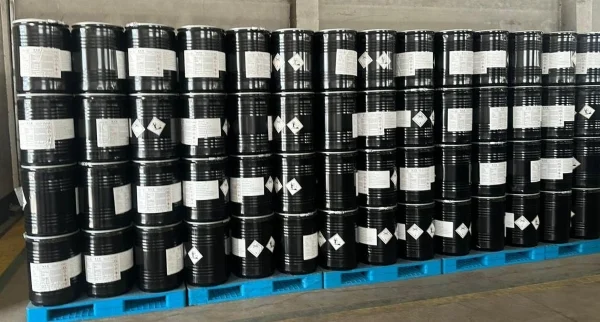
Sodium cyanide is a highly toxic chemical compound. Due to its extreme danger, strict regulations and guidelines must be adhered to during its storage to prevent accidents, protect human health, and safeguard the environment.
1. Facility Requirements
1.1 Storage Location
Isolation: Sodium cyanide should be stored in a dedicated, isolated storage facility that is separate from other chemicals, especially those that can react with it. This isolation helps prevent potential chemical reactions that could lead to the release of toxic hydrogen cyanide gas. For example, it should not be stored near acids as the reaction between Sodium cyanide and acids can produce highly toxic hydrogen cyanide gas.
Remote from Populated Areas: The storage location should be far away from residential areas, schools, hospitals, and other public places. This reduces the risk of harm to a large number of people in case of an accidental release. Industrial zones with proper safety buffers are ideal locations for storing Sodium Cyanide.
1.2 Building Construction
Robust Structure: The storage building must be constructed with strong and durable materials. It should be able to withstand external forces such as natural disasters (e.g., earthquakes, strong winds) to prevent structural damage that could lead to the leakage of sodium cyanide. Reinforced concrete structures are often preferred for their strength and stability.
Impermeable Floors and Walls: The floors and walls of the storage area should be made of impermeable materials. This prevents the leakage of sodium cyanide solution in case of spills and also protects the building structure from the corrosive effects of the chemical. Epoxy - coated floors and walls are commonly used in such storage facilities.
2. Storage Container Regulations
2.1 Container Material
Compatibility: Containers for storing sodium cyanide must be made of materials that are compatible with the chemical. Steel containers are often used as they have good resistance to the corrosive nature of sodium cyanide. However, they need to be properly coated or lined to prevent rusting, which could compromise the integrity of the container over time.
Seal Integrity: The containers should have tight - fitting lids or closures to prevent the entry of moisture and air, as sodium cyanide is hygroscopic and can react with water vapor in the air to produce hydrogen cyanide. Double - sealed containers or those with specialized gasket systems are recommended to ensure maximum seal integrity.
2.2 Container Labeling
Clear Identification: All containers storing sodium cyanide must be clearly labeled with the chemical name, "Sodium Cyanide," in large, legible letters. The label should also include the CAS number (143 - 33 - 9 for sodium cyanide) for easy identification and cross - reference in case of emergency.
Hazard Warnings: Prominent hazard warnings should be displayed on the container labels. These warnings should include information about the extreme toxicity of the chemical, the potential for gas release when in contact with water, and the necessary precautions for handling. Pictograms representing toxicity and danger should also be included in accordance with international standards such as those defined by the Globally Harmonized System of Classification and Labelling of Chemicals (GHS).
3. Environmental Conditions Control
3.1 Temperature and Humidity
Cool and Dry Environment: Sodium cyanide should be stored in an environment with controlled temperature and humidity. The ideal temperature range is typically between 15 - 25°C, and the relative humidity should be kept below 60%. High temperatures can increase the rate of any potential chemical reactions, while high humidity can cause the sodium cyanide to absorb moisture and start releasing hydrogen cyanide gas. Air - conditioning and dehumidification systems may be installed in the storage facility to maintain these conditions.
Ventilation: Adequate ventilation is crucial in the storage area. Ventilation helps to remove any potentially leaked hydrogen cyanide gas and prevent its accumulation to dangerous levels. The ventilation system should be designed to exhaust air to a safe location away from populated areas and other sensitive facilities.
3.2 Protection from Light
Light - Resistant Storage: Although sodium cyanide is not highly photosensitive, it is still advisable to store it in a location that is protected from direct sunlight. Prolonged exposure to sunlight can cause some degradation of the chemical over time, which may affect its stability and increase the risk of unwanted reactions. Using opaque storage containers or storing the chemical in a dark - colored room can help reduce the impact of light.
4. Safety and Security Measures
4.1 Security Systems
Access Control: The storage facility should have strict access control measures in place. Only authorized personnel who have been trained in the proper handling and storage of sodium cyanide should be allowed access to the area. Key - card systems, biometric access controls, or security guards can be used to enforce this.
Surveillance Cameras: Installing surveillance cameras around the storage area helps in monitoring any unauthorized activities. The cameras should cover all entry and exit points as well as the areas where the sodium cyanide is stored. The recorded footage should be stored for a sufficient period (e.g., at least 30 days) for future reference in case of any incidents.
4.2 Emergency Response Equipment
Personal Protective Equipment (PPE): A sufficient supply of appropriate PPE should be readily available near the storage area. This includes chemical - resistant suits, gloves, boots, and self - contained breathing apparatus (SCBA). The PPE should be of high quality and compliant with relevant safety standards. Regular inspections and maintenance of the PPE are necessary to ensure its effectiveness.
Spill Response Kits: Spill response kits should be present in the storage area. These kits should contain absorbent materials, neutralizing agents (such as sodium hypochlorite solution which can be used to neutralize small spills of sodium cyanide), and tools for cleaning up spills. The kits should be regularly checked and replenished to ensure they are in good working order.
5. Regulatory Compliance
5.1 Local, National, and International Regulations
Compliance with Laws: Storage of sodium cyanide must comply with all local, national, and international regulations. In the United States, for example, the Occupational Safety and Health Administration (OSHA) has specific regulations regarding the storage and handling of highly toxic chemicals like sodium cyanide. These regulations cover aspects such as safety training for employees, proper labeling of containers, and the installation of safety equipment.
Reporting Requirements: Facilities storing sodium cyanide may be required to report their inventory levels, storage conditions, and any incidents related to the chemical to the relevant regulatory authorities. This reporting helps the authorities to monitor and ensure the safe storage and handling of sodium cyanide across the region.
5.2 Regular Audits and Inspections
Internal Audits: Storage facilities should conduct regular internal audits to ensure that all storage practices are in line with the established regulations and guidelines. These audits can be carried out by the facility's own safety team and should cover aspects such as container integrity, environmental conditions, and the availability of emergency response equipment.
External Inspections: Regulatory authorities may conduct periodic external inspections of the storage facilities. These inspections are to verify compliance with the law and to identify any potential safety risks. Non - compliance can result in significant fines and other legal consequences for the facility.
- Random Content
- Hot content
- Hot review content
- Toxicity Assessment of Sodium Cyanide and Relevant Hazard Prevention Measures
- Sodium Amyl Xanthate (SAX) 90%, Mining chemical, mining flotation reagent
- Sodium Peroxide
- calcium chloride anhydrous for food
- Isobutyl vinyl ether 98% high purity certified Professional producer
- Food Additive E330 Citric acid monohydrate
- Copper Sulfate Monohydrate (CuSO4-H2O) Powder (Cu:34% Min)
- 1Discounted Sodium Cyanide (CAS: 143-33-9) for Mining - High Quality & Competitive Pricing
- 2Sodium Cyanide 98% CAS 143-33-9 gold dressing agent Essential for Mining and Chemical Industries
- 3Sodium Cyanide 98%+ CAS 143-33-9
- 4Anhydrous Oxalic acid 99.6% Industrial Grade
- 5Soda Ash Dense / Light 99.2% Sodium Carbonate Washing Soda
- 6Oxalic acid for mining 99.6%
- 7Calcium hydroxide Industrial Grade 90%
- 1Sodium Cyanide 98% CAS 143-33-9 gold dressing agent Essential for Mining and Chemical Industries
- 2High Quality 99% Purity of Cyanuric chloride ISO 9001:2005 REACH Verified Producer
- 3 High-Quality Sodium Cyanide for Leaching
- 4Powdery emulsion explosive
- 5Industry Grade Electron grade 98% Sulfuric Acid H2SO4 Sulphuric Acid Battery Acid Industrial Sulfuric Acid
- 6Colloidal emulsion explosive
- 7sodium hydrosulfide 70% flakes used Mining Industry

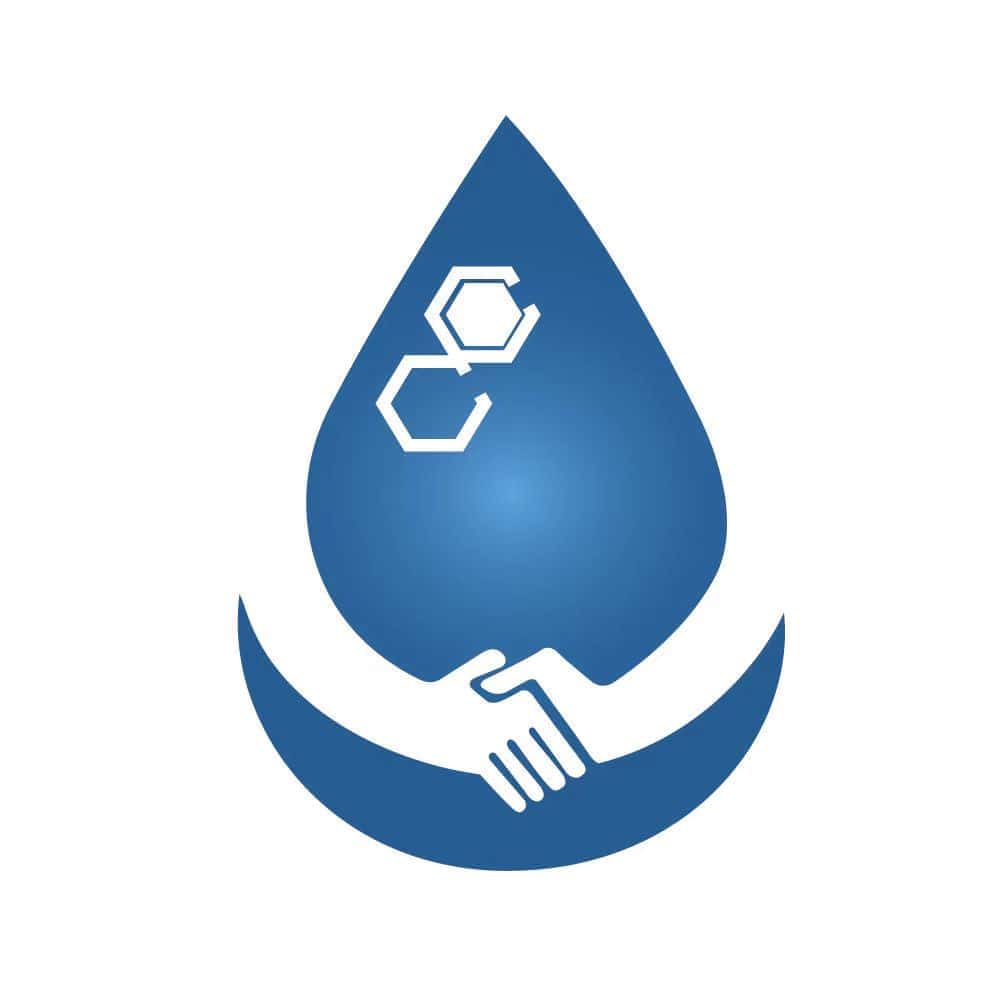
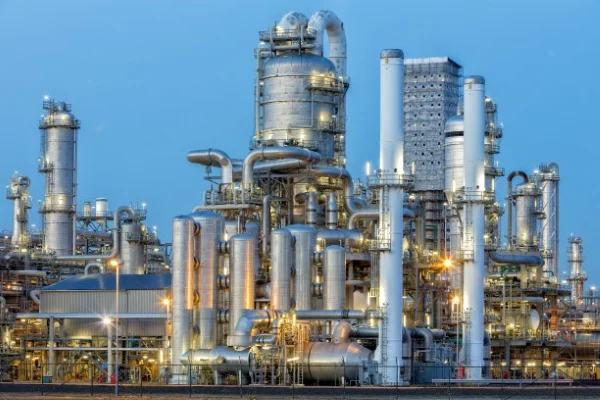
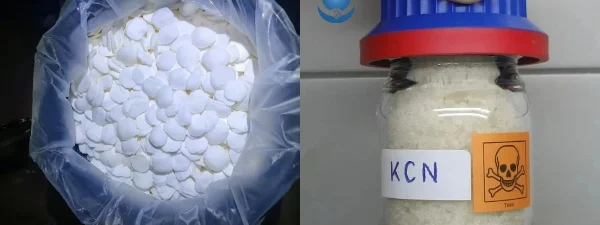


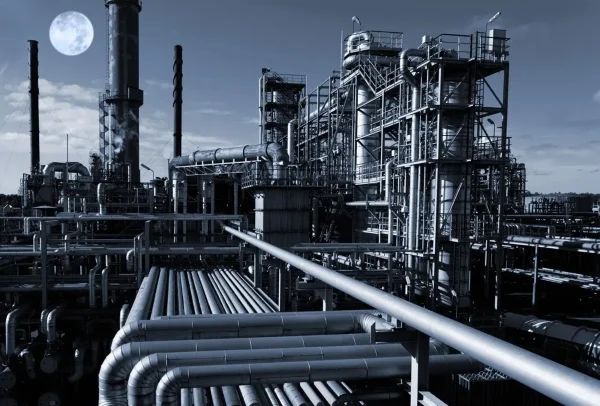




Online message consultation
Add comment: